The Ultimate Guide to Finding the Best Mice Bait
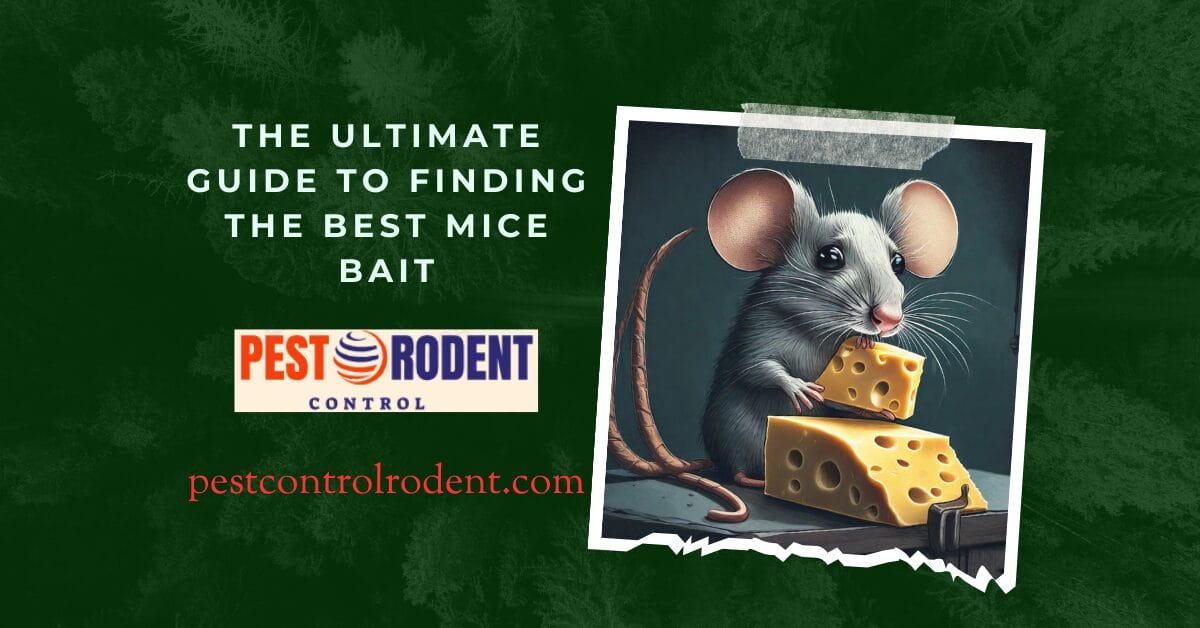
The Ultimate Guide to Finding the Best Mice Bait
I. Understanding Mice Behavior
When dealing with a mice infestation, it’s essential to understand why these rodents are attracted to bait in the first place. Mice are drawn to food sources, water, and shelter, making bait an irresistible lure. Common hiding spots for mice include behind walls, in cabinets, and near food sources. Be on the lookout for signs of a mice infestation such as droppings, gnaw marks, and nests.

II. Different Types of Mice Bait
A. Natural Bait Options
- Peanut Butter as a Bait: A popular choice due to its strong scent and sticky texture.
- Cheese as a Bait: While a common stereotype, cheese can be effective in attracting mice.
- Seeds and Nuts as Bait: Mice are naturally attracted to seeds and nuts, making them a great bait option.
B. Commercial Bait Options
- Pellets and Blocks: These bait options are easy to use and effective in controlling mice populations.
- Gel Bait: Gel bait offers a discreet and efficient way to attract and eliminate mice.
- Electronic Bait Stations: Innovative technology that provides a humane approach to dealing with mice infestations.
C. DIY Bait Recipes
- Simple Sugar Bait: Combine sugar with water to create a sweet bait that attracts mice.
- Cornmeal and Baking Soda Bait: A mixture that can disrupt a mouse’s digestive system.
- Oatmeal Bait: Oatmeal can be mixed with other ingredients to create an enticing bait for mice.

III. Factors to Consider When Choosing Mice Bait
A. Safety Considerations
- Avoid Harmful Chemicals: Opt for bait options that are safe for use around pets and children.
- Pet and Child Safety: Keep bait out of reach of pets and children to prevent accidental ingestion.
- Placement Considerations: Properly place bait in areas where mice are likely to frequent.
B. Effectiveness of Bait
- Quick Action vs. Long-Term Solutions: Consider whether you need a quick fix or a more long-term bait solution.
- Targeting Specific Types of Mice: Different bait options may be more effective for certain types of mice.
- Bait Consistency: Regularly replace bait to ensure its effectiveness in controlling the mouse population.
C. Environmental Impact
- Biodegradable Options: Choose bait that is environmentally friendly and biodegradable.
- Eco-Friendly Bait: Opt for bait options that do not harm the environment.
- Safe Disposal of Bait: Properly dispose of bait to prevent harm to wildlife and the ecosystem.
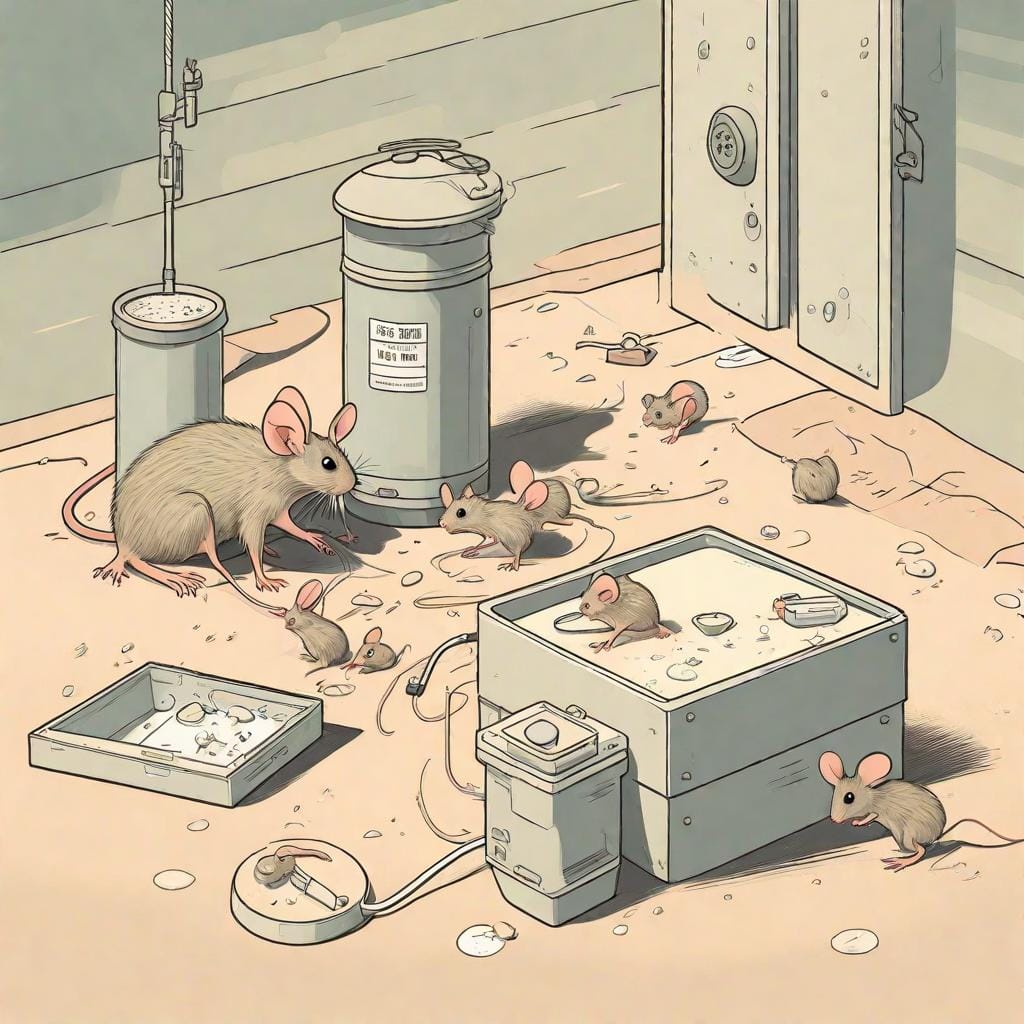
IV. Tips for Using Mice Bait Effectively
A. Proper Placement of Bait
Identify high traffic areas where mice are likely to travel in order to increase the effectiveness of bait stations.
B. Maintenance and Monitoring
Regularly check bait stations and replace bait as needed to ensure optimal results.
C. Working with Professionals
Seek professional help when needed and communicate effectively with pest control services to address mouse infestations.

V. Summary and FAQs
A. Recap of Key Points
In summary, understanding mice behavior, choosing the right bait, considering safety and effectiveness, and using bait properly are key to dealing with a mice infestation.
B. Common Questions About Mice Bait
- How Long Does Mice Bait Take to Work?
- Are There Any Natural Alternatives to Poisonous Bait?
- What Should I Do if My Pet Eats Mice Bait?
By following this comprehensive guide, you’ll be equipped to effectively handle a mice infestation using the best bait methods available.

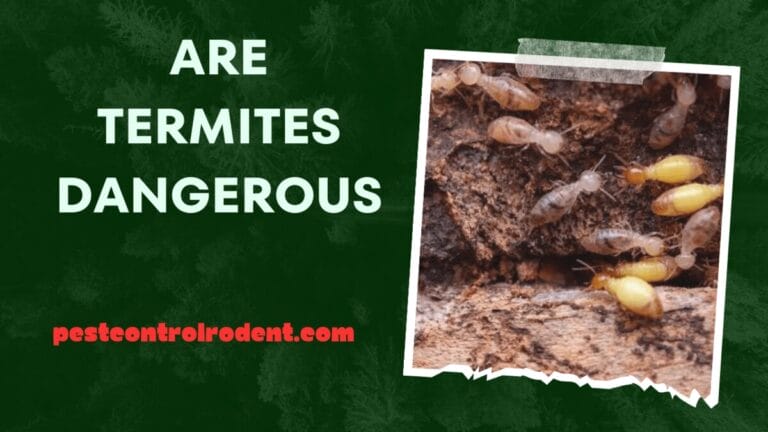
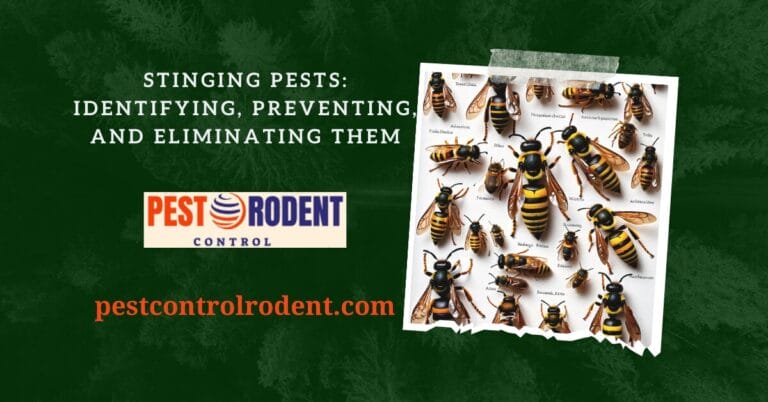

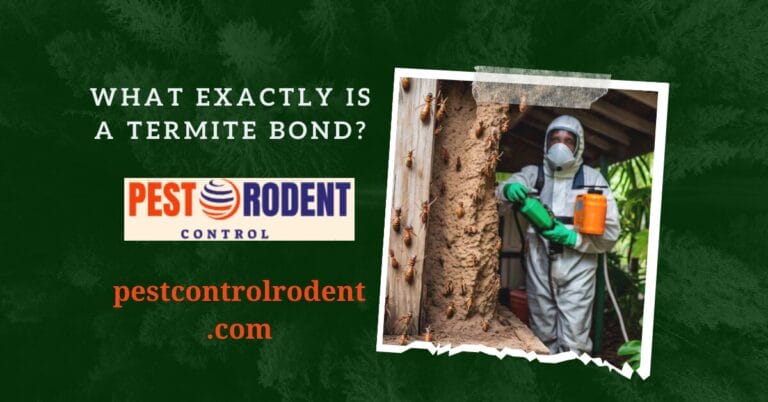
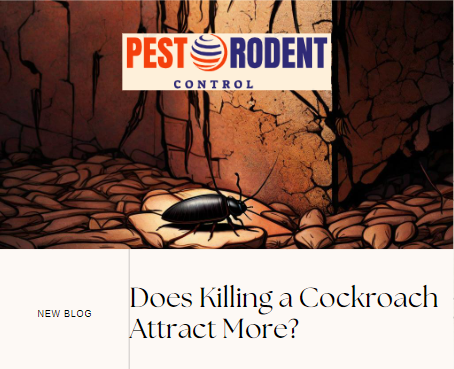
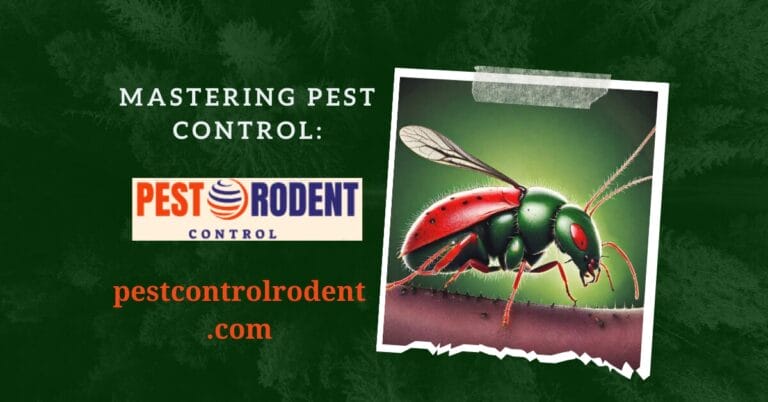
One Comment